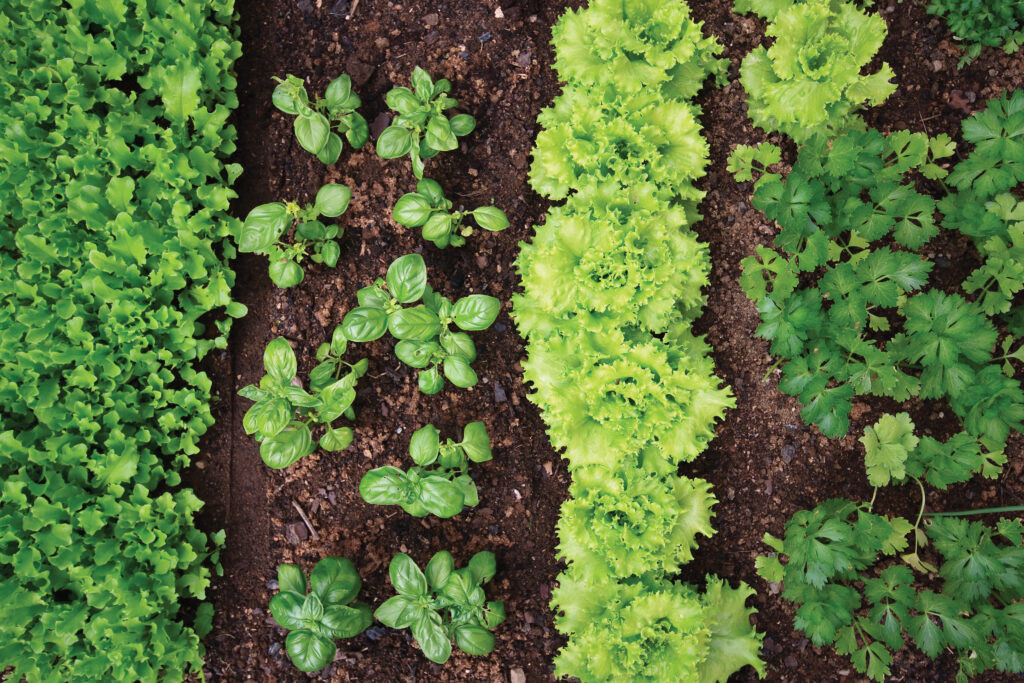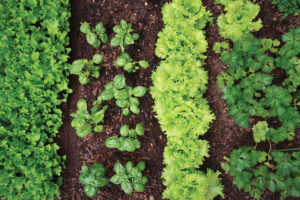While we’re all after a lush, green lawn and flourishing flowers, our water bill is after our wallets. Consider these things when setting up your watering plan to conserve water and save money.
- Set a schedule: Use a water timer to automatically water on specific days of the week, depending on your plants’ needs. Adjust the program based on the weather. Lawns need more water during the scorching summer compared to the spring and fall. With a 2-zone or 4-zone water timer, you can set up different zones for different parts of your yard. Each zone can have its own schedule, so you can water your tomatoes every morning and your lawn every other day. Split your zones between the sun and shaded areas of your lawn to avoid over or under watering.
- Water at the right time of day: Watering before 10:00 am gives the water time to soak into the soil before the hot sun causes evaporation. This means you can use less water while getting a healthy lawn. If you water during peak sun hours, like between 10:00 am and 6:00 pm, you’ll risk losing much of the water to wind and evaporation before it can be absorbed into the soil.
- Water at the right frequency: Generally, you’ll want to focus more on deep, infrequent watering of your lawn to promote deep root growth. Lawns need to be watered more frequently during hot summer months and less frequently during the spring and fall. In between watering, watch for signs of dryness.
- Use a moisture sensor: A soil moisture sensor such as Eden’s Soil Moisture Sensor monitors how wet the soil is to skip watering automatically when it rains or the soil is too damp. This will help ensure you don’t overwater the lawn or run the sprinkler after a downpour.
- Sprinkler maintenance: Clogged sprinkler nozzles, leaking sprinkler heads, and minor leaks can add up in a big way. According to the EPA, “just one broken sprinkler head could waste up to 25,000 gallons of water and $90+ over a 6-month irrigation season.”
- Learn your sprinkler adjustments: Whichever type of sprinkler you choose, take the time to adjust the sprinkler’s spray pattern to cover just the area you need. Keep the water off the sidewalk and on the lawn with the right adjustments.
- Regulate water pressure: Too high-water pressure can create a mist from your sprinklers that won’t water where it’s meant to. Install a pressure gauge to help regulate water pressure.
- Improve soil and lawn quality: A healthy lawn and nutrient-dense soil mean your plants and grass will develop a strong root system. Deep roots are better at seeking water deep into the soil. This means they will require less watering. Lawns with a shallow root system only seek water from the top few inches of soil. Water in that area of the soil will evaporate more quickly, causing you to have to water more often. Healthy lawn maintenance is the key to a healthy root system.
- Consistent mowing: Mowing creates a stressful event for the grass, causing it to respond by growing deeper roots and more leaves. Consistent mowing helps develop a deeper root system for a healthier lawn. Be sure to mow at the proper height, being careful not to scalp the lawn. Taller grass can keep the soil shaded, causing less evaporation.
- Choose the right plants and grasses: Choosing plants and grasses native to your region will save you time and water by requiring less maintenance and less irrigation.


